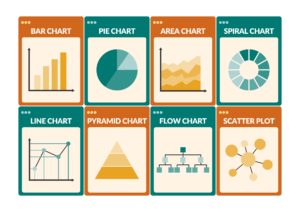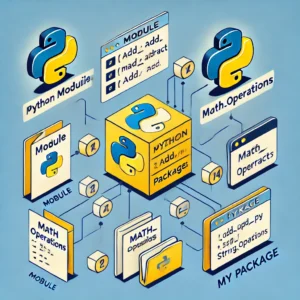Python Arithmetic Operators - Introduction
Arithmetic operators in Python are used to perform basic mathematical operations like addition, subtraction, multiplication, division, and more. Here’s a breakdown of the arithmetic operators available in Python:
- Addition (
+)- Adds two operands.
- Example:

2. Subtraction (-)
- Subtracts the second operand from the first.
- Example:

3. Multiplication (*)
- Multiplies two operands.
- Example:

4. Division (/)
- Divides the first operand by the second. The result is a float.
- Example:

5. Modulus (%)
E
Returns the remainder when the first operand is divided by the second.
Example

6. Exponentiation (**)
Raises the first operand to the power of the second operand.
Example:

7. Floor Division (//)
Divides the first operand by the second and returns the largest integer less than or equal to the result.
Example:

Example Code Using Arithmetic Operators
Here’s a simple example demonstrating the use of these arithmetic operators in a Python script:

Post Views: 91




